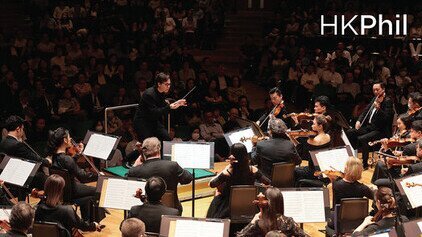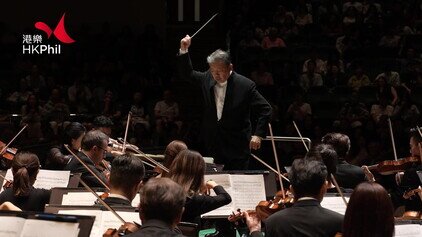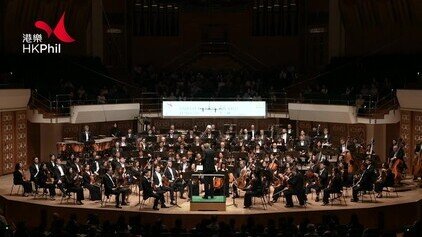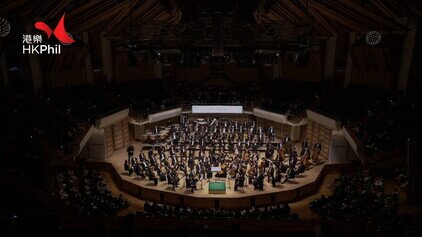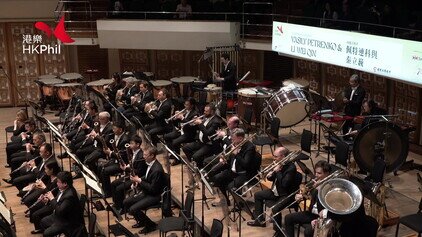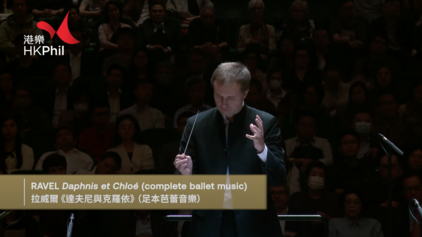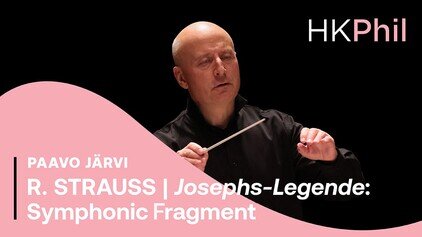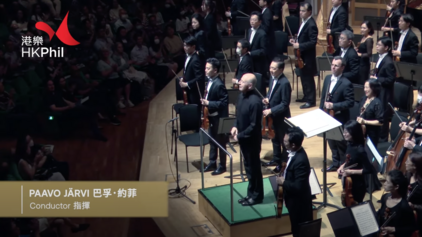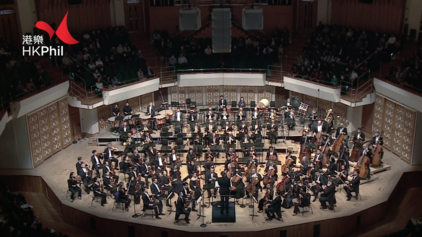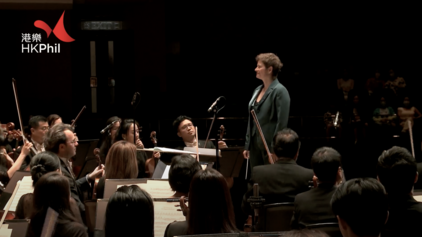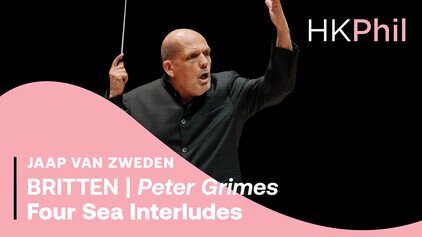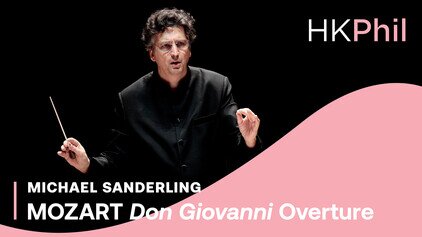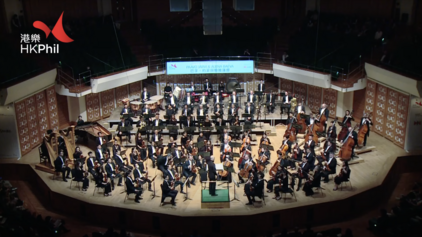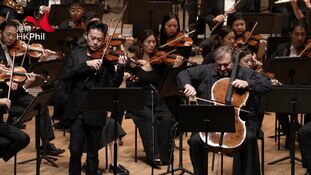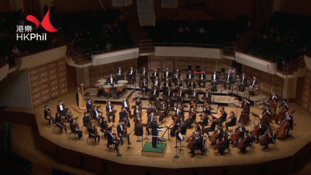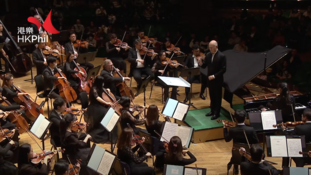BEETHOVEN | Symphony no. 3, Eroica
PROGRAMME
LUDWIG VAN BEETHOVEN (1770-1827)
Symphony no. 3 in E flat, op. 55, Eroica
- Allegro con brio
- Marcia funèbre: Adagio assai
- Scherzo: Allegro – Trio
- Finale: Allegro molto
THE COMPOSER
Ludwig van Beethoven was actually the second son of Johann and Maria Magdalena Beethoven to be called Ludwig, the first having died within a week of his birth. We do not know the precise date he was born, but the “famous” Ludwig was baptised on 17 December 1770 in Bonn and remained in that city until 1792, when he settled permanently in Vienna. He initially made his name as a pianist and it was during his early years in Vienna that he composed his five piano concertos as a means of displaying both his pianistic and composition skills. He also wrote several works for the theatre – mostly incidental music to go with stage plays but also one opera – but is probably best known for his nine great symphonies. He died in Vienna on 26 March 1827 during a violent thunderstorm and it is reported that over 20,000 mourners attended his funeral.
THE BACKGROUND
Beethoven lived through turbulent times. The French Revolution was in full swing, bringing about the deposition of the old aristocratic rulers and the rise of a newly enfranchised middle class. By 1792 its effects were beginning to spread well beyond the borders of France, and in April France declared war on Austria (or, more specifically, the Emperor). Napoleon Bonaparte was the general commanding the French armies and was determined to rid Europe of its despotic and unelected rulers. As such he was seen by the ordinary people in Vienna as their great saviour and, caught up in the fervent atmosphere of the time, Beethoven, and his close friend Ferdinand Ries, decided to travel to Paris to pay homage to the great man, on which occasion it was Beethoven’s intention to present Napoleon with a symphony. That was in 1804 and he went so far as to write to his publishers that he was planning “a new grand symphony. The title of the symphony is really ‘Bonaparte’.” However, as Ries later reported, Beethoven soon became disillusioned with Napoleon, who had proclaimed himself Emperor, and “took hold of the title page at the top, tore it in two, and threw it on the floor. The first page was rewritten and only then did the symphony receive the title Sinfonia Eroica.” It was first performed in Vienna on 7 April 1805. Seven months later the French army arrived in Vienna, occupied the city, and Napoleon took up residence in the Schönbrunn Palace.
THE MUSIC
As with all Beethoven’s compositions, Beethoven’s Third Symphony was actually formed over a period of years during which he continually modified and revised his ideas. Even the two strong, positive and unequivocal chords with which the first movement opens were not part of his original plan but evolved only after much experimentation. This was one of Beethoven’s most dramatic departures from traditional symphonic practice – two chords replacing the more customary long drawn-out introduction – and immediately the main theme of the movement is introduced by the cellos and basses. The second movement begins with a sombre processional theme played sotto voce by the violins, later taken up by the oboes and gradually developed to involve the full whole orchestra. Beethoven wrote (in Italian) at the head of the completed score “composed to celebrate the memory of a great man”, and this passionate funeral march clearly represents the lofty ideals of “Freedom, Equality, Fraternity” which died, in Beethoven’s view, with Napoleon’s self-elevation to Emperor.
It was not unusual in the 1820s to perform just the first two movements of the Eroica Symphony – it was felt that the third and fourth movements did not fit in with a programme concerning the heroic deeds and human failings of Napoleon Bonaparte. However these movements are strongly influenced by another hero, Prometheus, who was close to Beethoven’s heart at the time of the symphony’s composition; he was actually working on incidental music for a stage performance of The Creatures of Prometheus. The third movement is inspired by an episode in which the god Pan and his lively spirits bring Prometheus back to life. The Trio section is a classic hunting scene involving three horns, the inclusion of which makes the orchestration of the work somewhat unusual. The fourth movement is a set of variations on a theme from The Creatures of Prometheus, which he had also used as the basis for his Piano Variations (op. 35) of 1802 (and which, recent research has shown, actually originated from a traditional English folk dance). The theme is not heard initially, rather the bass line is heard and varied, and it is only when the movement has been going some two minutes that the woodwinds announce the theme which is rapidly taken up by the whole orchestra.
Programme notes by Dr Marc Rochester
ARTISTS
SUPPORT THE HK PHIL'S ONLINE PROGRAMMES
The Ambassador Fund allows the orchestra to produce various online programmes, keeping our connection with the communities. The HK Phil has released over 80 online programmes and garnered over 1.5 million views since the pandemic. Your donation supports production costs incurred and helps us share music!
All Performances
Other videos in this series







